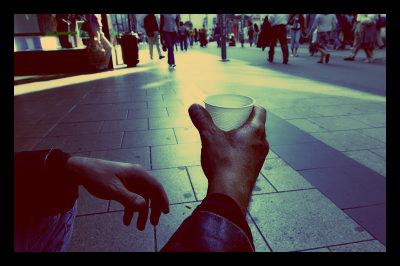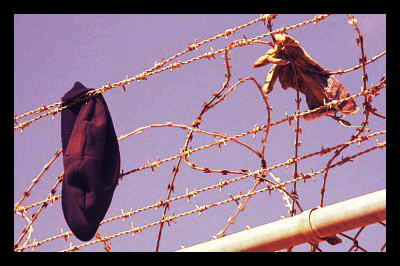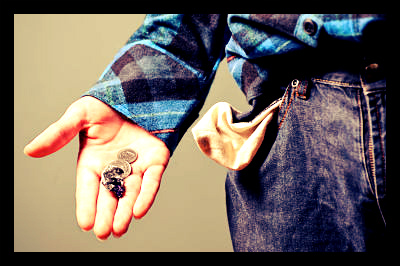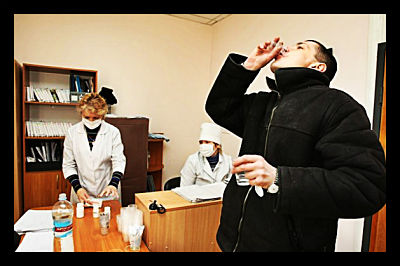At least 5,000 migrants floating in overcrowded boats have been rescued off the coast of Sicily in the Mediterranean Sea since Thursday, June 5. Varying reports have indicated a range of 5,200-5,470 people having been rescued so far. As a result of this most recent rescue effort, the total amount of migrants that have reached Italy from North Africa has exceeded 50,000 in 2014.
The most recent rescue effort has been spearheaded by one operation led by the Italian government, called Mare Nostrum. This operation has been in effect since October 2013, and was launched in response to 366 migrants drowning after their boat collapsed just off the shore of Sicily. That disaster not only spawned Mare Nostrum into being, but also prompted a one-off response from the EU in the form of a $30 million euro emergency fund that focused on land facilities.
Ever since that initial disaster and relief fund, Italy has been repeatedly asking for more help from the EU, with very little, if any, response. This is highlighted by the fact that only Slovenia offered one ship for the span of two months last year, and that a U.S. Navy ship and a Maltese merchant vessel rescued a combined 307 migrants in the most recent event on June 5.
This most recent event is only another vivid example of the continuing problem of migrants risking their lives to flee North Africa in the hopes of a better future in Europe. This past May, an unknown number of migrants died and 17 bodies were recovered after a similar shipwreck occurred. Throughout 2013, at least 40,000 migrants landed in Italy, and this year is on track to top the record of 62,000 set in 2011 during the Arab Spring revolutions.
The Director General of International Organization for Migration, William Lacey Swing, recently released a statement trying to utilize this incident as a means to raise awareness and take action on this recurring problem. “The tragedy of migrants drowning at sea is unfortunately a global phenomenon, not just a Mediterranean emergency,” Swing said. “The unnecessary deaths of these migrants and asylum seekers is an affront to all civilized nations.”
Swing went on to state that “the international community must develop a more comprehensive approach to protect migrants and uphold human dignity. No single action is enough to address the root causes of these mixed migration flows, but lives will be saved if action is taken now to help both migrants and countries during the entire length of the migratory route.”
The International Organization for Migration has since called for a high level debate on migratory flows in the hopes of bringing together nations of destination and origin. As Swing put it: “We need to urgently look at a comprehensive range of actions that we can take together to prevent further loss of life. These include the enhancement of legal avenues for migrants seeking better prospects in Europe and the establishment of various mechanisms and measures in countries of transit in North Africa to provide migrants and asylum seekers in need of protection with opportunities to receive legal counseling.”
With any luck this most recent occurrence will cause more nations to pay attention and provide a sustainable solution to the ever-present issue of migrants attempting to leave their home countries to find a better future elsewhere.
– Andre Gobbo
Sources: International Organization for Migration, Reuters, HUffPost





 For many Pacific Island Countries, a huge factor in their economic survival and competitiveness is their agricultural exports. In Fiji, aid coming in from the European Union, Australia, and
For many Pacific Island Countries, a huge factor in their economic survival and competitiveness is their agricultural exports. In Fiji, aid coming in from the European Union, Australia, and 